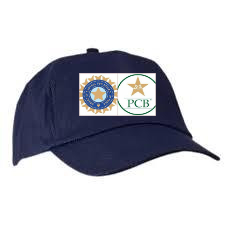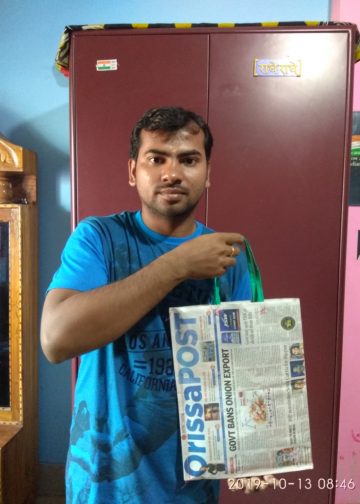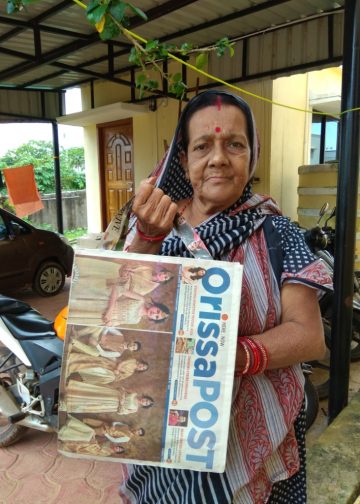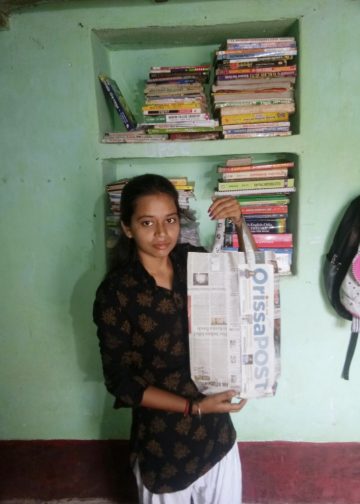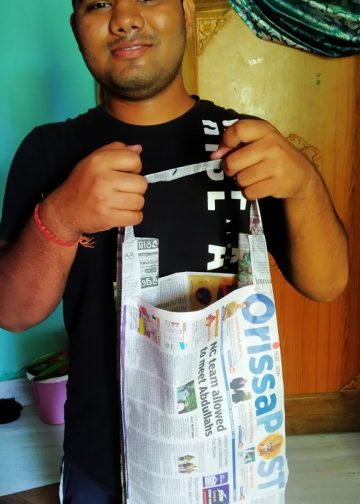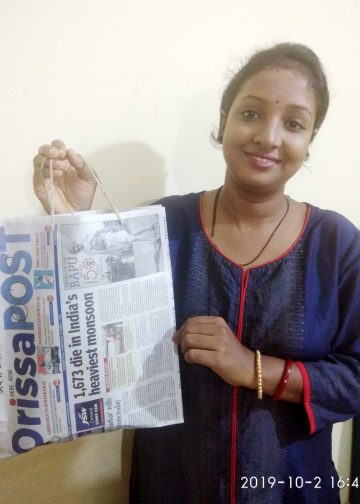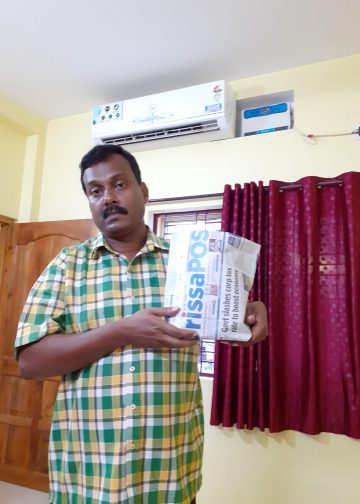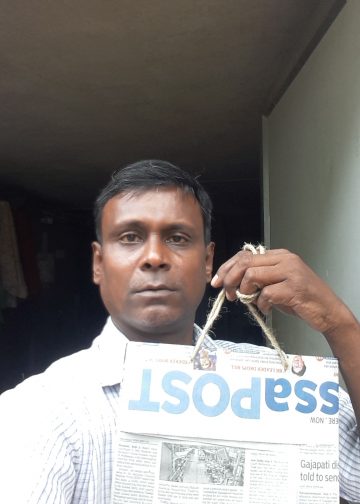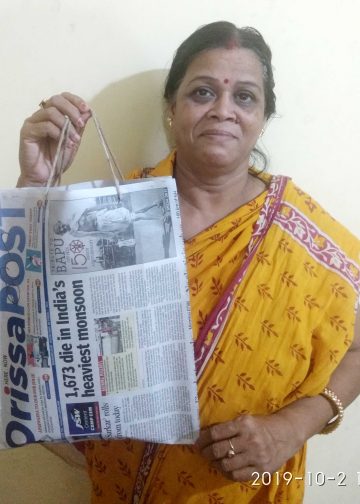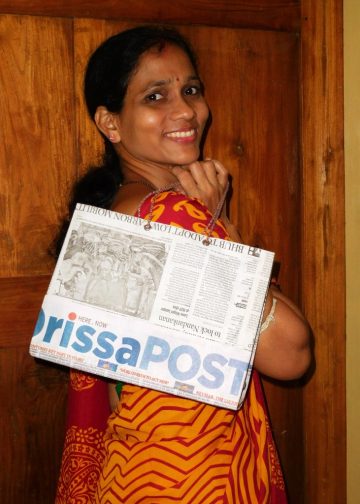In the world of cricket, few stories are as rare and remarkable as those of players who represented both India and Pakistan at Test level.
In the annals of cricket history, three remarkable players were able to achieve this remarkable feat: Amir Elahi, Abdul Hafeez Kardar, and Gul Mohammad.
Amir Elahi
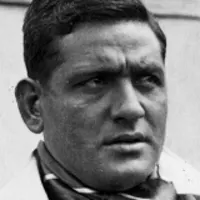
Amir Elahi (1908–1980) began his international career with India, debuting against Australia in Sydney in 1947. Having begun life as a medium-paced bowler, he turned to leg-breaks and googlies, and it was in this latter role that he was best known. In the Ranji Trophy, he was a prolific wicket-taker (193 wickets), mostly for Baroda, whom he helped to win the competition in 1946-47, shortly before becoming a Pakistan citizen. After the partition, he moved to Pakistan and played five Tests for his new nation in 1952–53. Notably, he was 44 years old during his final Test match in Calcutta.
Abdul Hafeez Kardar
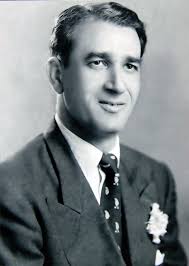
Abdul Hafeez Kardar (1925–1996), known as “The Skipper,” was a prominent figure in both Indian and Pakistani cricket. He played for India before partition and later became the first captain of Pakistan’s national team, leading them in their inaugural Test series in 1952–53. He was an attacking left-handed batsman, whose response to any bowler or situation was to dance down the track first ball and slam it back over the bowler’s head, and a left-arm medium-paced bowler, economical on a good pitch, devastatingly effective on a bad one. In 23 matches as captain, Kardar led his team to victory over all the then-Test-playing countries except South Africa, whom they never met.
Gul Mohammad
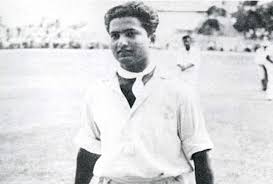
Gul Mohammad (1921–1992) was a left-handed batsman and fine fielder who played for India before partition. In India, he and Vijay Hazare had shared what remained as the largest stand for any wicket in first-class cricket for almost 60 years. It was in the final of the Ranji Trophy between Baroda and Holkar in the 1946-47 season. Gul Mohammad came in to bat with a team score of 91 for three. When he was out for 319, eight hours 53 minutes later, they had put on 577 for the fourth wicket, part of a total of 784.
Also Read: WPL 2025: Richa, Kanika script comeback as RCB begin title defense with 6-wicket win
After relocating to Pakistan, he represented his new country in a Test match against Australia in 1956. He played eight times for India and once for Pakistan.
PNN

